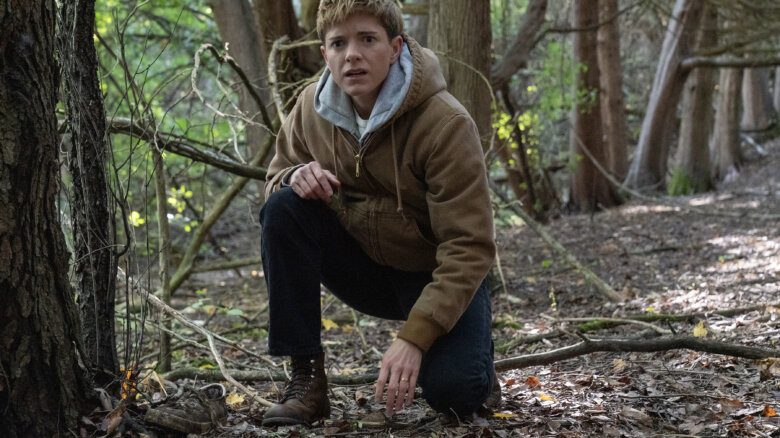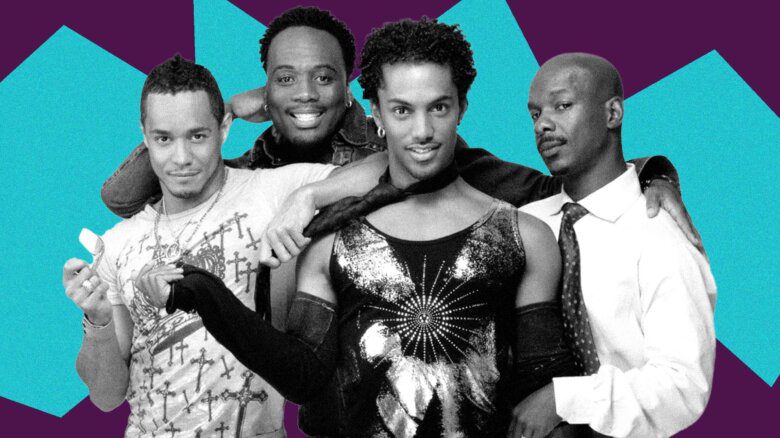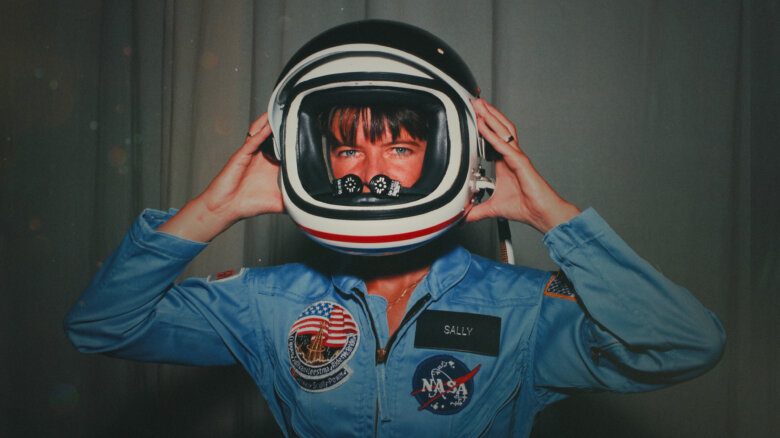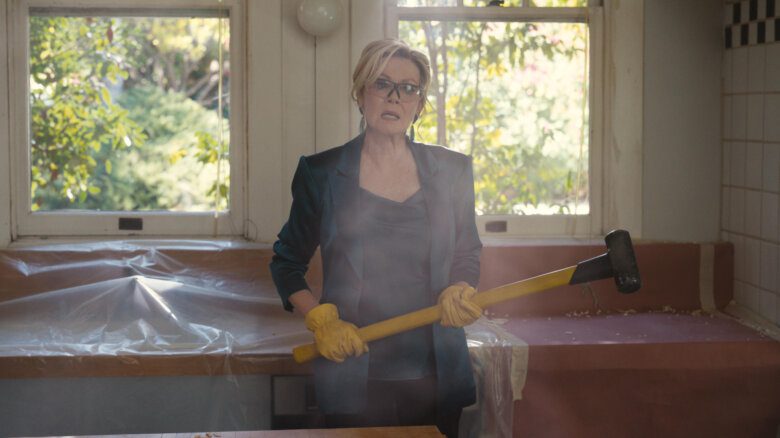I was 13 years old when I first discovered Chasing Amy, Kevin Smith’s 1997 film cataloguing the relationship adventures of three queer comic book writers. Growing up as a budding queer person in Ohio, all I had access to were mainstream (read: straight) movies available through cable and videotape rentals. I didn’t know yet of the French films about complex throuples or beautiful women spending a lot of time touching one another’s hair. Images of queer people were hard to come by. But then came Chasing Amy, right there on Comedy Central.
Admittedly, this movie has been put through the critique wringer since its debut, with folks largely highlighting its implication that lesbians need only Ben Affleck in an oatmeal-coloured T-shirt dicking them down to turn them straight. But on the occasion of its 25th anniversary, I’ve come to regard Chasing Amy quite differently. In fact, I give it a lot of credit for teaching me how to date bisexual men.
A late-’90s-culture time capsule locking oversized jeans and purple crewneck sweatshirts in the amber of the Criterion Collection, Chasing Amy follows a comic book writer and illustrator named Holden (Affleck in one of his least attractive roles), who lives in the New Jersey suburbs with his longtime best friend, and comic co-creator, Banky (Jason Lee). At New York Comic Con, Holden meets Alyssa (Joey Lauren Adams), another comic writer with whom he feels he has a connection. But in a tragic turn of events, she’s a lesbian. The two of them form an unlikely (and downright preposterous!) friendship, and eventual relationship, that makes Banky incredibly jealous—because Banky is closeted and secretly in love with Holden. When Holden finds this out, alongside learning that Alyssa wasn’t a “gold star” lesbian before him, he proposes that he, Alyssa and Banky have a threesome. I know that may sound super absurd and complicated, but I never claimed that bisexuals figuring out their queerness always have good ideas. By the end of the film—one in which everyone starts off with a particular identity and by the end has grown into another—the threesome idea is abandoned and all of the relationships in the trio fall apart.
“Admittedly, this movie has been put through the critique wringer since its debut.”
I first became aware of Chasing Amy in about 2003, six years after its release. By the time I was able to control the remote (and we had cable), I was discovering culture through the commercial-packed reruns on VH1, MTV and Comedy Central. Flipping through channels, I landed on the scene where Adams explains fisting to a well-coiffed Affleck. I was mesmerized and, from that moment on, watched it whenever it was on TV. I always somehow catch it in the middle; I don’t think I saw the beginning of the movie until I was around 27. But even when I was younger, I always felt camaraderie with Alyssa. Over the years, I’ve particularly related to her emotions around the moving target of her sexuality, namely how she no longer fits in with her social group, and is actively rejected by her friends for dating a man. At the time, I was writing daily love poems to my guy and girl crushes and dreaming that maybe they would date me together. So Alyssa’s alienation felt very real. Alyssa is staring out at Holden and this world she was letting down.
But Chasing Amy is messy and complex, having earned the varied debates that have and will come. It’s been described as both invalidating lesbianism and validating bisexuality. It’s been accused of extreme slut-shaming, and said to have helped folks feel less alone. The film has sparked dissertations, TED Talks and endless articles on whether flawed media can bring goodness in the wake of its badness. So much of the analysis has been of Alyssa’s sexuality: Where does she exist? What about her sexuality counts? Who does she belong to in the sexuality games? While its writer and director, Kevin Smith, has given many interviews over the years about what he, a (mostly) straight guy, was trying to portray, after a recent rewatch, it’s Holden who now grabs most of my attention.
I am fascinated by Holden’s internal journey from the kinda-nerdy straight guy to someone in relationship with a queer person who now has to grapple with how that impacts his identities. It gives me a different concept of relationships, and as a bisexual who overwhelmingly dates other bisexuals, the friendship, sexual comparison and desperation for validation that we see in Holden hits me in the squishy, uncomfortable parts of myself and my own relationship to the sexualities of my partners.
Holden reminds me a lot of the types of people I’ve dated, folks forced to face all the ways labels like “straight” and “conventional” do not fit their lives. Though he identifies as straight, falling in love with someone who is not is unsettling. Where his life should’ve been “boy meets girl,” there is deviation from the should, and for Holden, his conflict is a new proximity to queerness that throws his sense of identity into a tailspin. “Does your relationship count as straight? Does dating a queer person make you queer now?” are the questions he asks himself. Holden also finds himself attracted to a man for the first time: Banky, a character who is as complicated as he is odious. Banky’s journey similarly mirrors the questioning, pining and confusion of bisexual fumbling; I’m pretty sure he’s a Libra. But after so many years of watching this film, fixated on Holden’s consistent emotional vulnerability and pursuit of intimacy, I’ve learned how to love bisexual men.
I have spent many nights with men like Holden, men who have intense relationships and attractions to their roommates and best friends, and shyness around the complex identities of the people to whom they are attracted. I have been naked in bed with bisexual men, listening to fraught ways they process the heavy “failure” of not being fully heterosexual, and not getting the validation they felt due as both men and queer people. Often, ironically, it’s in these moments that I’ve felt the most acknowledged as a queer person because the sex is queerer, the gender roles far less rigid and there’s greater vulnerability among my partners and me. And it’s Chasing Amy that showed me friendships and fights that would become important to my attachments to other bisexual people.
“I have spent many nights with men like Holden, men who have intense relationships and attractions to their roommates and best friends, and shyness around the complex identities of the people to whom they are attracted.”
There’s a scene in the movie where Alyssa, feeling out of place in her queer community, is questioned by some lesbians about dating a guy. It resonates with me deeply because, for years, I had a hard time figuring out what to do with male partners in the queer spaces I travelled in.
“Sometimes I wonder if we count,” I said to my bi then-boyfriend, the pair of us sitting on an overstuffed and suspiciously damp couch at a sweaty, rum-soaked Pride after-after-after party. I was spooked, using code words like “lover” and “partner” instead of “boyfriend.” I’d been inviting him to fewer social events. My own invisibility was a more important fight than claiming the person I loved.
Holden tells Alyssa toward the end of the movie, “I want us to be something we’ll never be: a normal couple.” He was right; they won’t, because a new narrative has to be built, one that makes room for the complexities of bisexuality. I, for one, have spent much of my dating life trying to suppress other people’s and my own biphobia in order to be a better partner and I realize now, that that’s what Chasing Amy has done for me. This film that I call the straightest gay movie I’ve ever seen did the important work of showing me the kind of people I need to seek out to live my life fully. I didn’t know it then, but I’m glad I know it now.
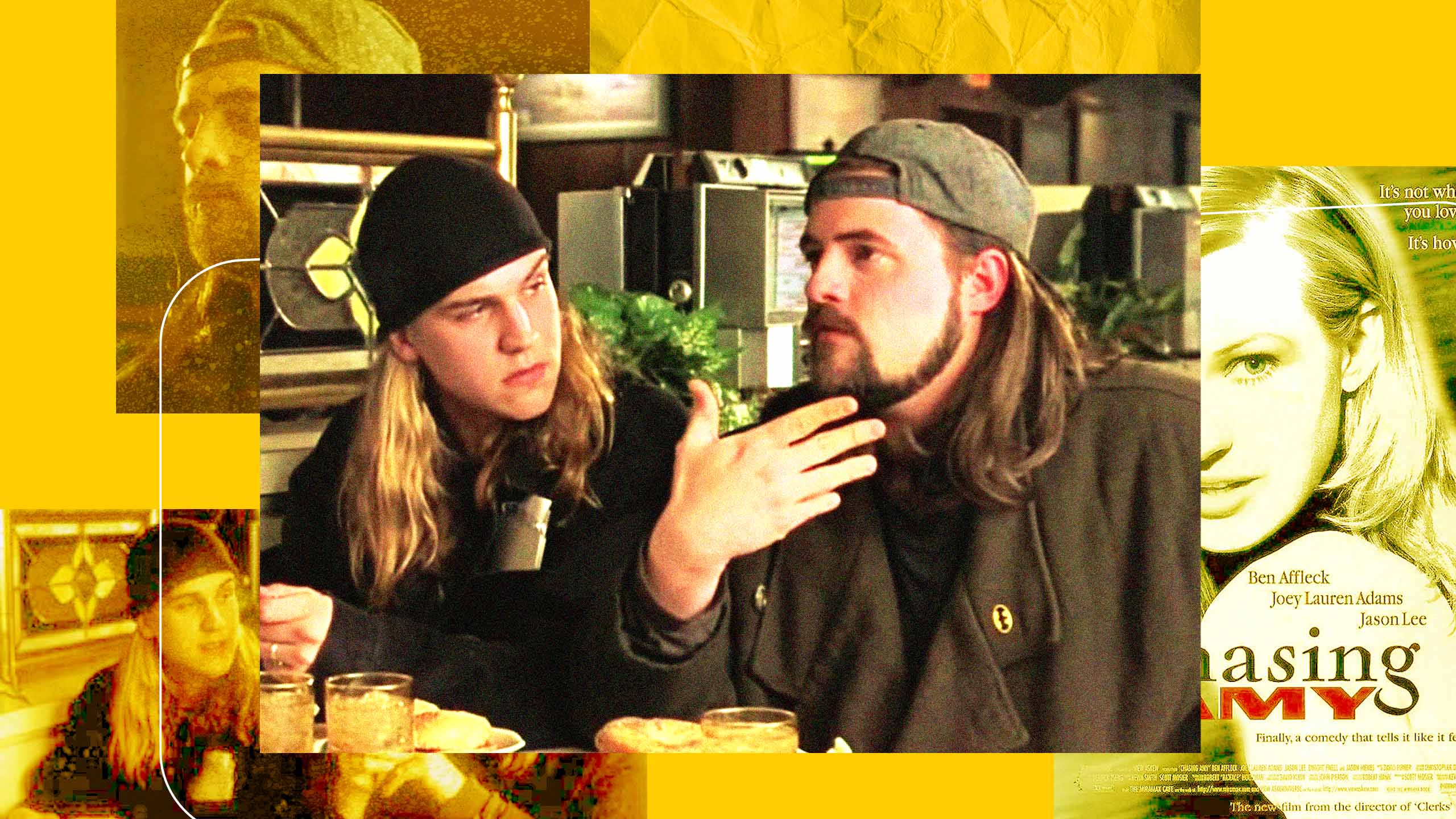
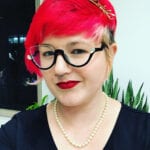
 Why you can trust Xtra
Why you can trust Xtra